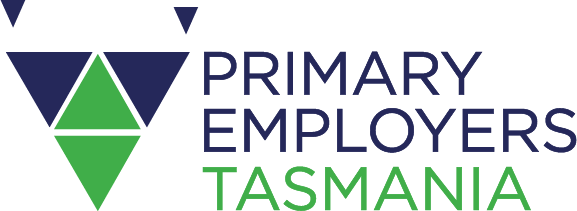Personal Leave
The National Employment Standards sets out that employees are entitled to personal leave, which includes both sick leave and carer's leave.
Personal leave can be used when an employee is ill or injured (sick leave), or to provide care or support to a member of their immediate family or household who requires care or support because of illness, injury, or an unexpected emergency.
Full-time employees are entitled to 10 days of paid personal leave per year.
Part-time employees are entitled to a pro-rata amount based on the hours they work.
Casual employees are not entitled to sick leave.
All employees, including casual employees, can have up to 2 days of unpaid carer’s leave. Thus, an employee who does not have any personal leave available can use this provision.
Personal leave accrues progressively during a year of service according to the employee's ordinary hours of work and accumulates from year to year if not used. Therefore, after three years an employee could have up to 30 days of accrued personal leave.
Employers can request evidence (such as a medical certificate) to support the need for personal leave if they consider it reasonable to do so. However, this must be done according to any workplace policies in place and in a reasonable manner.
Employees must notify their employer as soon as possible if they are unable to attend work due to illness or injury and advise them of the expected duration of their absence. We recommend that this be a personal phone call, not an email or text message.
Personal leave is paid at the employee's base rate of pay for the ordinary hours they would have worked during the period of leave.
If an employee is sick during a period of annual leave the period of illness is taken to be personal leave, and does not reduce the employee’s annual leave entitlement.
It should be noted that attending a doctor’s appointment is not sick leave, it is like any other appointment an employee may have such as bank or lawyer.
